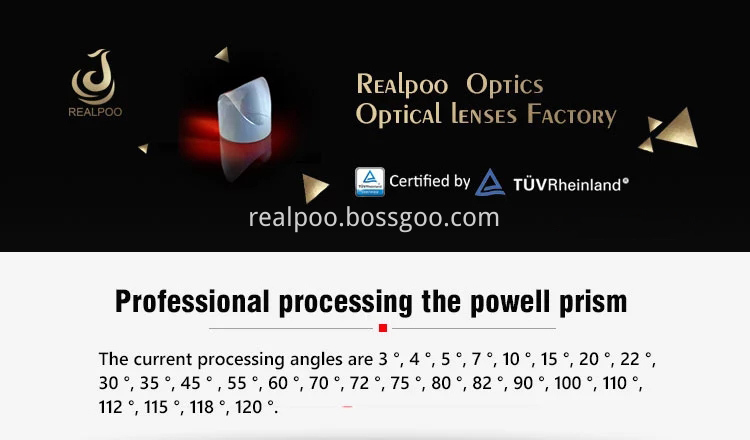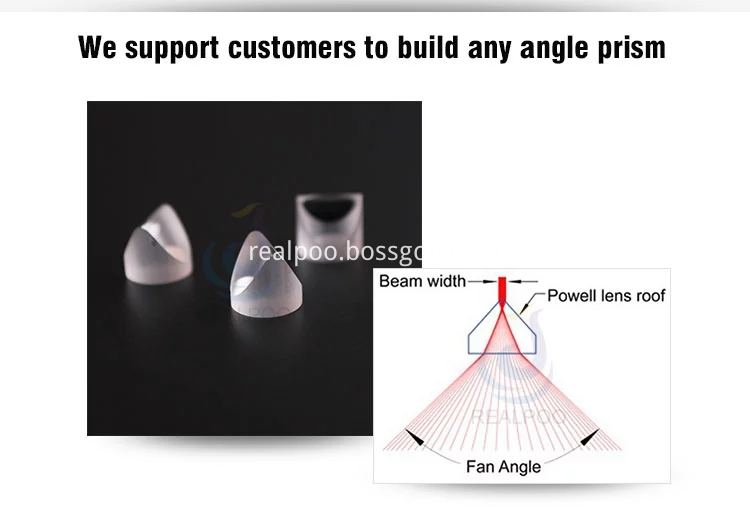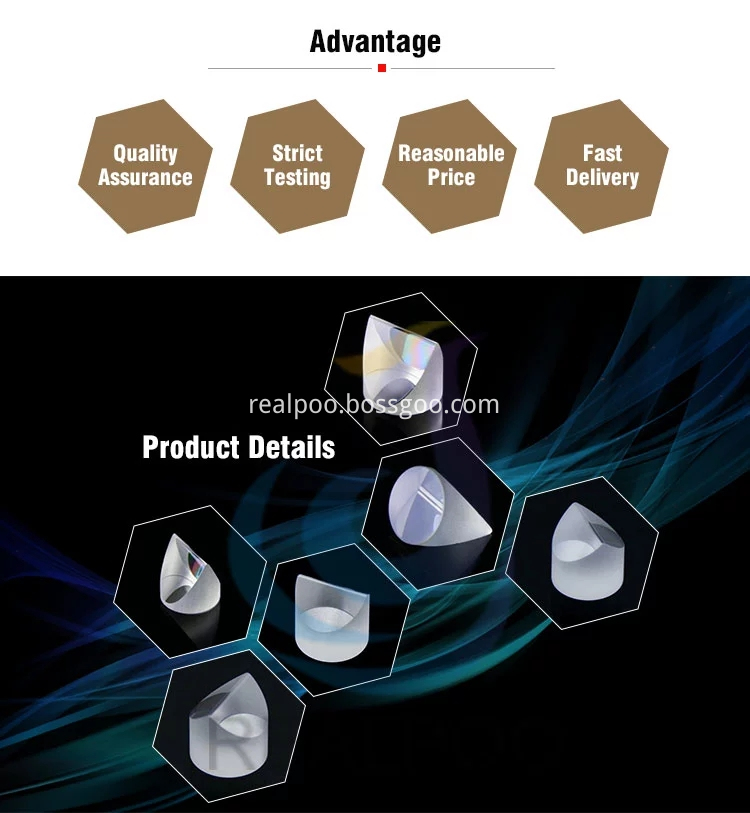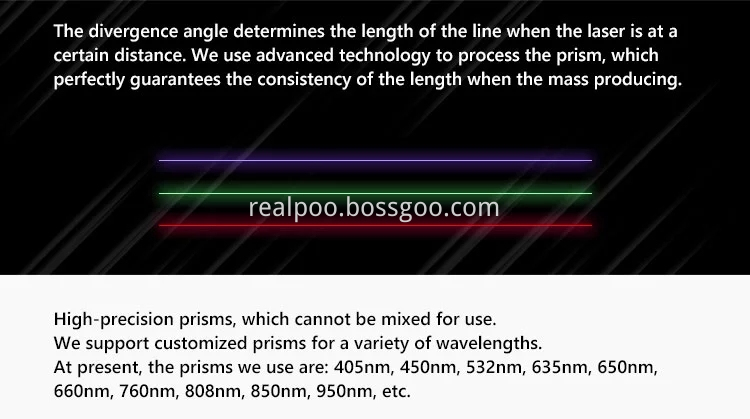RF design research using CMOS technology
In recent years, the exploration of applying CMOS processes to radio frequency (RF) technology has gained significant momentum. With the advancement of deep submicron technology, CMOS circuits can now operate at frequencies exceeding 1 GHz, which has significantly propelled the development of integrated RF CMOS circuits. Various research groups have successfully developed high-performance downconverters, low-phase-noise voltage-controlled oscillators (VCOs), and dual-modulus prescalers using standard CMOS processes. These achievements demonstrate that fully integrated receiver and VCO circuits can be designed without the need for external components or adjustments. Further studies on low-noise amplifiers, up-conversion systems, synthesizers, and power amplifiers are expected to lead to the design of fully integrated transceiver CMOS RF circuits tailored for telecommunications applications.
The rapid growth of wireless communication and its associated technologies is largely driven by the integration of digital coding and signal processing in wireless systems. The evolution of digital technology is closely tied to the development of high-performance, low-cost CMOS technology, as it enables the integration of numerous digital functions onto a single chip. This integration allows for the use of advanced modulation techniques, complex demodulation algorithms, and high-quality error detection and correction systems, resulting in a highly efficient, lossless digital communication channel.
Currently, the progress in digital technology and the booming wireless market have significantly transformed analog transceiver front-end equipment. The front-end device acts as the interface between the antenna and the digital modem in a wireless transceiver. It must detect weak signals in the range of microvolts at frequencies up to 1–2 GHz while also transmitting signals with around 2 W of power at the same high frequency. This requires high-performance analog circuits such as filters, amplifiers, and mixers capable of converting frequency bands between the antenna and A/D conversion stages. Low cost and power consumption requirements make analog front-end equipment a major challenge in future RF designs, and further improvements in integration could greatly reduce die size, cost, and power usage. In recent years, various techniques have been proposed to enhance the integration of receivers, transmitters, and synthesizers.
As integration levels continue to rise, researchers are also exploring the possibility of integrating RF circuits into CMOS processes. Although CMOS technology is primarily used for digital circuits, if it can be effectively applied to high-performance analog circuits, it would offer substantial benefits: a complete transceiver could be integrated on a single chip, combining both analog front-end devices and digital demodulators on the same die. This level of integration is typically only possible with CMOS or BiCMOS processes. While BiCMOS can improve analog performance, it comes at a higher cost due to increased manufacturing complexity and larger chip area. As investments in CMOS processes grow, common CMOS processes are gradually replacing BiCMOS, even reducing the performance gap between NMOS and BJT devices. The ft parameter of NMOS devices is approaching that of NPN transistors, making CMOS a more attractive option for RF applications.
Although early RF design studies using CMOS technology have existed for many years, it is only in recent times that the potential of this approach has received serious attention. Several industry research groups are now actively working on this field. Some experts argue that bipolar devices still outperform CMOS in RF applications, and thus believe that RF CMOS is suitable only for lower-performance systems like ISM or those requiring specific process enhancements, such as under-etched inductors. However, RF CMOS is expected to support high-performance applications like GSM, DECT, and DCS1800 through advanced deep submicron processes.
**CMOS Technology**
Submicron technology is now considered standard CMOS technology due to increasing technical demands and the need for higher integration of digital signal processing (DSP) circuits. The trend has evolved toward deep submicron technology, with transistors featuring specifications below 0.1 microns. Recent developments have seen transistors with ft values close to 100 GHz in 0.1-micron processes.
However, parasitic capacitance in transistors—such as gate-drain overlap capacitance and drain-bulk junction capacitance—has become a limiting factor in deep submicron technology. Figure 1 illustrates the comparison between ft and fmax values across different technologies, highlighting how ft increases rapidly but fmax, which reflects the actual speed limit of a transistor in real-world configurations, does not improve as much. This discrepancy shows that while CMOS technology is advancing, there are still challenges in achieving optimal RF performance.
Finally, it is evident that in modern integrated CMOS RF circuits, both the technology itself and packaging play critical roles. Since RF signals originate from the chip, and the antenna signal must enter it, any parasitic capacitance from PCB or package pins connected to the ESD protection network can severely degrade the RF signal quality.
**Receiver Topology**
The heterodyne or intermediate frequency (IF) receiver is the most commonly used receiver architecture. In an IF receiver, the desired signal is downconverted to a relatively high intermediate frequency. A high-quality passive bandpass filter helps prevent image signals from overlapping with the desired signal at the IF frequency. Extremely high receiver performance can be achieved using this topology, especially when multiple IF stages are employed.
The Powell lens resembles a round prism with a curved roof line. The lens is a laser line generator, stretching a narrow laser beam into a uniformly illuminated straight line.Powell Lenses, also known as laser line generating lenses, create straight, uniform laser lines by fanning out collimated beams in one dimension. Fan angles of 3°, 4°, 5°, 7°, 10°, 15°, 30°, 45°, 60°, 75° etc are available.




Powell Lens,Powell Lens Thorlabs,Angle Laser Line Generator Lens,Optical Gratings
Changchun Realpoo Photoelectric Co., Ltd. , https://www.optics-realpoo.com